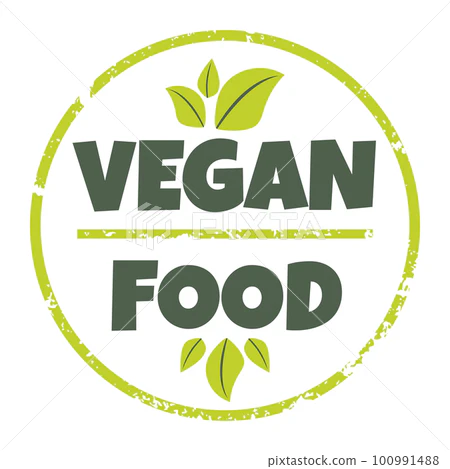Understanding food labels is a key skill for every vegan — especially when shopping in supermarkets where animal-derived ingredients can be hidden under unfamiliar names. In this guide, we break down how to read food labels with confidence and avoid unwanted animal products.
Why food label reading matters
Even seemingly “plant-based” products can contain ingredients like milk powder, gelatin, carmine, casein, or eggs. Some additives and E-numbers also originate from animals, which is why careful inspection of the ingredient list is essential for anyone following a vegan diet.
Key animal-derived ingredients to avoid
Common obvious ones:
- Milk, butter, whey, casein
- Eggs, albumin
- Gelatin (from animal bones)
- Honey, bee pollen
Less obvious ingredients:
- Carmine / E120 (red coloring from insects)
- Shellac / E904 (insect resin for glossy coatings)
- L-cysteine / E920 (from feathers or hair, in some breads)
- Rennet (from animals, used in cheese)
- Isinglass (from fish, used in beer/wine clarification)
- Stearic acid / Magnesium stearate (can be animal- or plant-based)
Watch for phrases like:
- “May contain traces of…” (not non-vegan — just allergen warning)
- “Natural flavors” (can be plant- or animal-based — contact manufacturer if unsure)
Vegan certifications to look for
- Vegan Society Certified
- “Certified Plant-Based” (USA)
- EU Vegan Label (yellow V-leaf symbol)
- V-Label (international vegetarian/vegan logo)
These labels guarantee the product contains no animal-derived ingredients and has not been tested on animals.
Best practices when reading labels
- Always check the full ingredient list, not just the “suitable for vegans” stamp (some companies make errors)
- Get familiar with E-numbers and additives that may be animal-derived (e.g. E120, E441)
- Use barcode apps like Is It Vegan?, Vegan Pocket, or Yuka to scan ingredients on the go
- When in doubt, contact the brand or choose a certified product
H3: Example walkthrough
Product: chocolate cereal bar
Label says: contains sugar, cocoa, emulsifier (E471), natural flavors
- Check: E471 can be animal- or plant-based (most in Europe are plant-derived, but not guaranteed)
- Action: if not labeled vegan and no clear info on E471 source, better to avoid or contact brand
Related searches
- which E numbers are not vegan
- how to check if chocolate is vegan
- vegan food label scanner app
- animal-derived ingredients list
- how to know if E471 is vegan
FAQ
What does “may contain milk” mean?
It’s an allergen disclaimer — it doesn’t mean the product contains milk, only that it was processed in a facility that handles milk. It is still vegan if milk is not listed in the ingredients.
Is sugar always vegan?
In the US, some sugar is processed with bone char. In Europe, almost all white sugar is vegan. Organic or certified vegan sugar is the safest choice.
Are E numbers vegan?
Some E numbers are plant-based, some synthetic, and some from animal sources. You’ll need to check each one — or use a trusted database/app.
Can I trust “vegan-friendly” without a label?
Not always. Brands may misuse the term. It’s better to rely on certified labels or check the ingredient list yourself.




